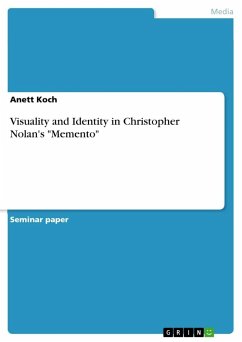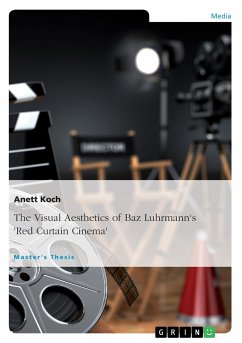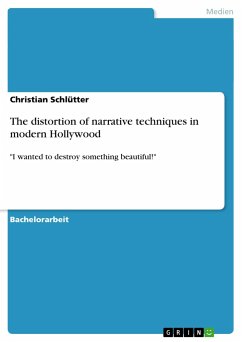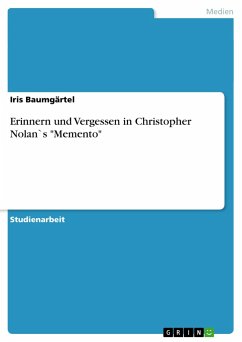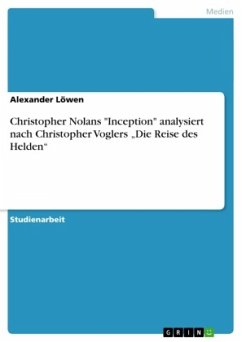Seminar paper from the year 2013 in the subject Communications - Movies and Television, grade: 1,3, University of Mannheim, language: English, abstract: Christopher Nolan's film from 2000, "Memento," takes a critical look at the visually dominated world we live in and challenges traditional cinema by addressing the film's artificiality and visuality. Memento draws attention to the sheer mass and variety of visual stimuli that surround us by playing with the use of camera, photographs, mirrors and other visual media. The focus on visuality illustrates our dependence on visual media in determining who we are, how we see the world and how we think. Memento is centered on a protagonist - Leonard Shelby - who is especially reliant on the help of visual media but does not realize how much it influences his identity. Leonard is a former insurance claims investigator who suffers from anterograde amnesia, a condition that prevents him from turning short-term memories into long-term ones. Leonard's amnesia is the result of a head injury he received while he was trying to rescue his wife from a murderer. Thus, Leonard lives in episodes that last about 15 minutes and after each such episode he forgets everything that happened before. Being deprived of the ability to remember anything that has happened since his wife's murder, Leonard has to come up with his own strategies to deal with everyday life. In the course of the film, the audience learns that Leonard has developed a system of visual cues to replace his memory. He even goes further and declares that his method of remembering via photographs, mind maps, tattoos and notes, is more reliable than memory itself. Leonard calls his visual cues 'facts' and ignores the lack of context that comes along with a memory that consists only of separate Polaroid photos, ink on his skin and a few slips of paper.
Bitte wählen Sie Ihr Anliegen aus.
Rechnungen
Retourenschein anfordern
Bestellstatus
Storno

